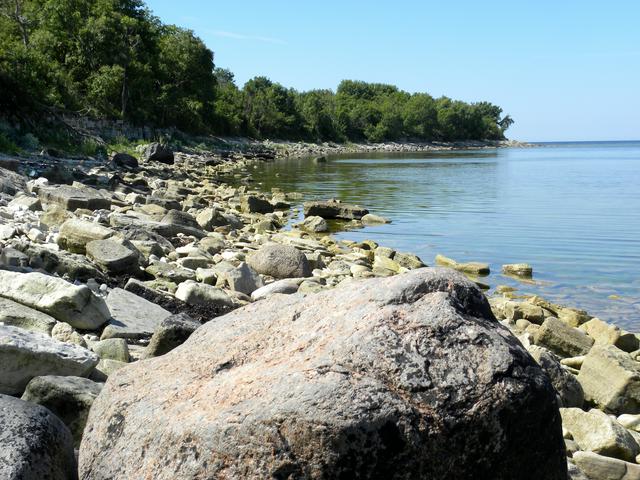 Vilsandi National Park is on and outside Saaremaa, Estonia's largest island. The park includes the island of Vilsandi, 160 other islands and islets, parts of Western Saaremaa and the Harilaid peninsula.
Vilsandi National Park is on and outside Saaremaa, Estonia's largest island. The park includes the island of Vilsandi, 160 other islands and islets, parts of Western Saaremaa and the Harilaid peninsula.
Vilsandi National Park was developed from the Vaika Bird Reserve, which was formed in 1910. It covers 238 km², including 163 km² of sea and 75 km² of land.
Loona Manor houses the visitor center of the National Park, fossil museum, hotel, restaurant.
The most characteristic to the landscape are the small islands and islets of the nature park of which Vilsandi is the only one with permanent human inhabitants.
The west and north shore is dominated by dolomite rock bank shore.
Vilsandi is an international bird sanctuary with over 250 recorded bird species (112 nesting). The most famous is the common eider, several thousands pairs nest on the islets. Even in winter you can see flocks of Steller's eiders in the park.
- Sea flora and fauna
- Silurian Cliffs corals, fossils
- Wild orchids
- Birds
- Gray seals
- Butterflies
- Coastal traditional culture (tar making, forest park, fishing, folklore)
- Old harbours and light houses.
- There are numerous hiking paths, biking trains and bird watching towers throughout the park.
- Bikes and walking poles can be rented.
- Souvenirs can be purchased at the Loona visitor center
- Restaurant Loona serves food.
- There is a grocery store in Kihelkonna.
- Fish can be caught at Pidula fish ponds.
- Hiiumaa – The second largest Estonian island. Popular for its lighthouses, ancient churches, historical values and the sense of humour of its inhabitants, but scarcely populated. In winter, it can sometimes be reached by car via an ice bridge on the Baltic Sea.
- Muhu – The third largest Estonian island, and a rural municipality connected to the nearby Saaremaa by an artificial embankment, where ferries to the harbour of Virtsu arrive. Has an open air museum, and its locals are known for still sewing woollen clothes. Sleepy fishing villages, working windmills, thatched cottages, plenty of deer, moose and birds.
- Pärnu – Estonia's 4th largest city and the summer capital of Estonia, popular for its balneo-therapy complexes and spa centres, surrounded by numerous beaches.
